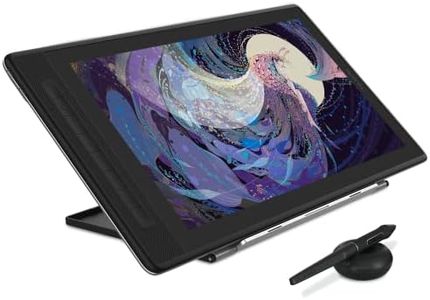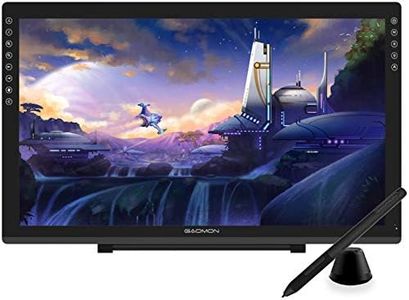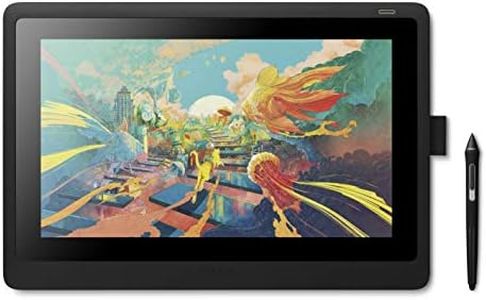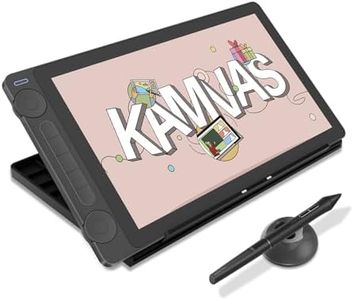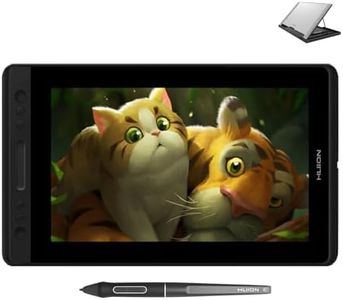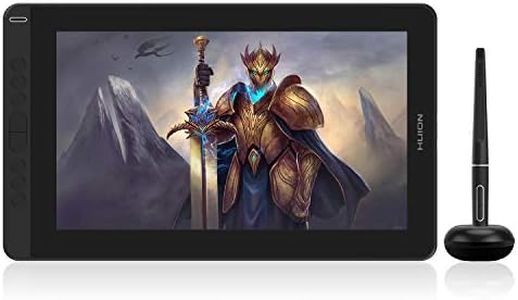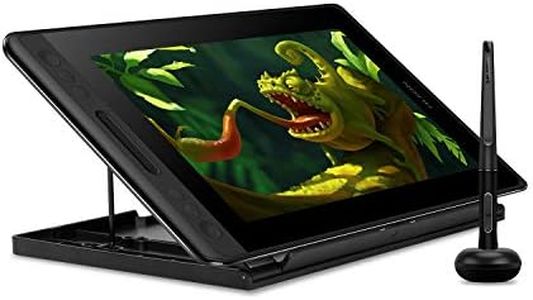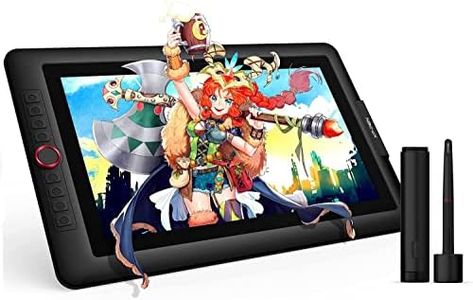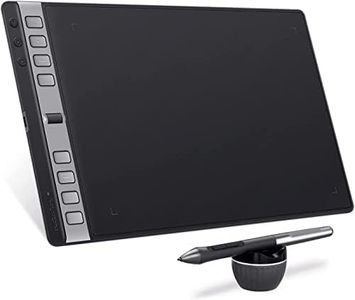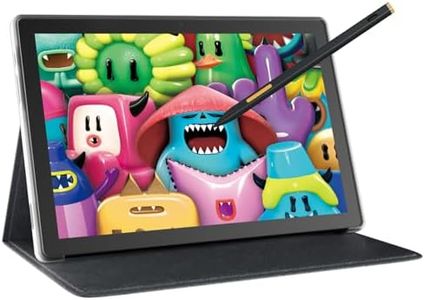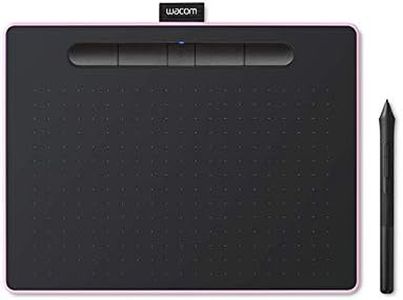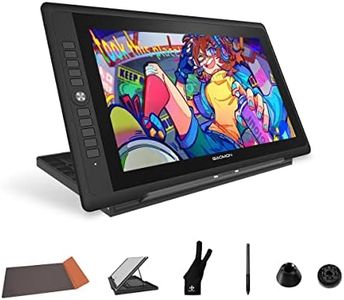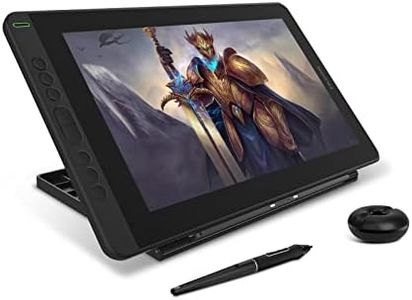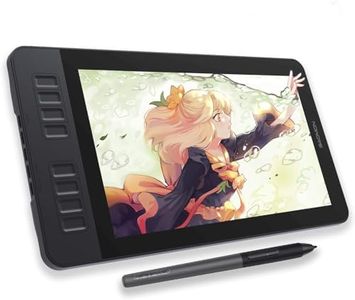We Use CookiesWe use cookies to enhance the security, performance,
functionality and for analytical and promotional activities. By continuing to browse this site you
are agreeing to our privacy policy
10 Best Graphics Tablet
From leading brands and best sellers available on the web.Buying Guide for the Best Graphics Tablet
When choosing a graphics tablet, it’s important to find one that matches both your artistic ambitions and the way you like to work. Whether you’re a budding digital artist, a student, or a professional designer, figuring out which features matter most can help ensure your tablet feels natural and gives you the control you need. Rather than diving straight into the most expensive or well-known model, think carefully about your drawing style, workspace, and how portable you need your device to be.Active Drawing Area SizeThe active drawing area is the part of the tablet where your pen strokes will be detected and transferred onto your screen. This is different from the total size of the device, which also includes bezels and buttons. A larger active area gives you more room to create broad strokes and can feel more similar to traditional drawing, while a smaller area is more portable and fits better on crowded desks. Artists who work on big, detailed pieces may prefer a large area, while those who do quick sketches, note-taking, or travel a lot may find a smaller area more convenient. Consider the size that matches your usual creative habits and whether your workspace can accommodate a larger device.
Pen Pressure SensitivityPen pressure sensitivity refers to how many different levels of pressure the tablet and pen can recognize when you press down. Higher sensitivity allows you to make more subtle changes in line thickness and opacity, which closely mimics the feel of traditional drawing tools. Entry-level tablets usually offer fewer pressure levels, while advanced models offer thousands. If you need nuanced control for shading or detailed work, look for higher sensitivity. Beginners and casual users may not notice much difference at first, but as your skills grow, higher sensitivity becomes more valuable.
Pen Type (Battery-Free vs. Rechargeable)The type of pen you use affects comfort and convenience. Battery-free pens use electromagnetic technology and don't need charging, while rechargeable pens need periodic charging. Battery-free pens are generally lighter and always ready to use, which many find easier especially during long sessions. Rechargeable pens may offer extra features like shortcut buttons or erasers, but you need to remember to keep them charged. If you value uninterrupted drawing or dislike charging devices, a battery-free pen might be the better choice.
Resolution (LPI - Lines Per Inch)Resolution, measured in Lines Per Inch (LPI), tells you how finely the tablet can track your pen movement. Higher LPI means the tablet picks up on very small movements and can transfer finer detail to your screen. This is especially important for artists working on highly detailed illustrations. For basic drawing, note-taking, or cartooning, moderate resolution works well, but for professional or very detailed work, choosing a higher LPI is beneficial.
Report Rate (RPS or PPS)The report rate, measured in reports per second (RPS) or points per second (PPS), tells you how many times per second your pen’s position is sent to the computer. A higher rate means less lag and smoother, more responsive drawing. For most casual use, moderate rates are just fine and won’t interrupt your workflow. However, if you do fast, broad strokes or fine, rapid detailing, a high report rate can be crucial for keeping up with your speed.
Connectivity (Wired vs. Wireless)Different tablets connect to computers in different ways—some use a USB cable, while others offer Bluetooth or wireless dongles. Wired connections are typically more stable and don’t run out of battery, while wireless options give you more freedom to move and reduce cable clutter. Consider whether you’ll always be near your computer or want to move around your workspace or use the tablet on your lap. Your setup preferences and workspace organization can help guide this choice.
Display (Screen vs. Non-screen Tablets)Some tablets have a built-in display, allowing you to draw directly onto the screen, while others have no screen and mirror your movements to your computer monitor. Display tablets provide a more direct drawing experience and can be easier for beginners to adjust to, but they are bulkier. Non-screen tablets are generally lighter and require you to look at your computer while drawing, which can take time to master. Decide whether you prefer a direct pen-to-screen experience or are comfortable learning the hand-eye coordination of a non-screen model.
Shortcut Buttons and CustomizationMany tablets have customizable shortcut buttons either on the device or the pen itself. These can speed up your workflow by allowing you to quickly access tools or perform actions without reaching for your keyboard. If your creative process relies on lots of tool-switching while you work, or if you prefer to use minimal hand movement, look for a tablet with multiple programmable buttons. If you plan to stick mostly to basic drawing, this may be less important.
